
Oncidium Twinkle “Pink Profusion”
I picked up this cute little orchid at Tuckers Orchids in June. The wee flowers were stunning and it is showing signs of flowering again. I took some pics but didn’t get around to completing an investigation. I will when it flowers again. Its worth a look.

Echinopsis Chamaecerius
The small peanut cactus, centre stage, throws out a huge number of beautiful red blooms. It ran out of steam after a couple of weeks.

Gannets are still flying in late November.
Gannets are still flying in From Australia and landing at Muriwai on the cliffs or nearby Sea Stacks. Prime AirBnB(BedsnBirds) sites have been taken. The first gannet chicks are ready for a feed and that fishy smell is in the air. The population is about to explode.

Echinocerius Reichenbachii
Echinocerius Reichenbachii cacti throw out large flowers for their size.
They require little attention and thrive happily on my small deck in Kumeu.
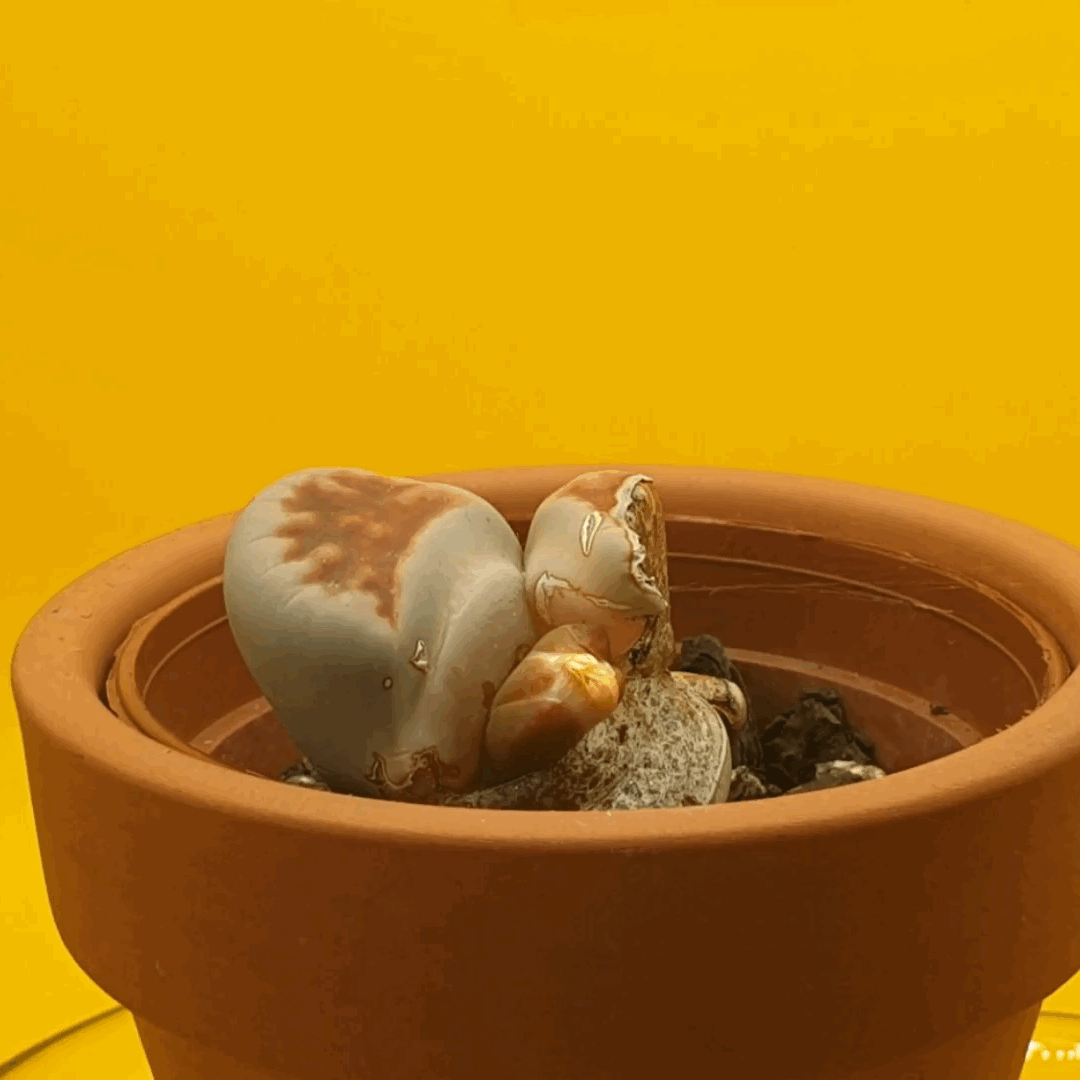
Zombie Apocalithops
Lithops succulents are survivors.

Hever Castle
Work started on Hever Castle long before Henry and Anne dallied in residence. Off-site prefabrication was well underway during the early Cretaceous, 130 million years earlier.
Sandstones used in the construction of walls and pillars in the Italian Gardens contain a record of events from a distant past, far from their present location.

Cattleya Deconstructed.
Form follows function in architecture, however, aesthetics catch the eye. The lower petal evolved over millions of years to provide a hi-viz bee landing pad.
Exquisite design but its all show for the bees.

Cattleya Cool
Male and female Cattleya parts are housed in a beautifully streamlined structure typical of orchids, the tower.

I have my eyes on you, lots of them. The cicada’s eye view.
Distinctive clicking sounds alerted me before I saw this wee critter. Further down the street, towards the trees, sounds from the massed cicada gathering were deafening.

Cactii recovery operation.
Five months ago I repotted a number of plants that had languished for a year in the tiny pots I found them in. Most exploded into life but one fared less well.
This is a happy tale of Cactii who survive the rigours of life on my deck in Kumeū.

Dendrobium Enobi Purple and its labellum with a distinctive mullet.
Most Dendrobium orchids are epiphytes; there are more than 1000 species. A key identifying feature is often the labellum. A mullet Mohawk gracing the Labellum’s middle lobe caught my eye.
Mullets lure and guide insects to the plant. They direct them toward pollinia, looming overhead on top of the tower.
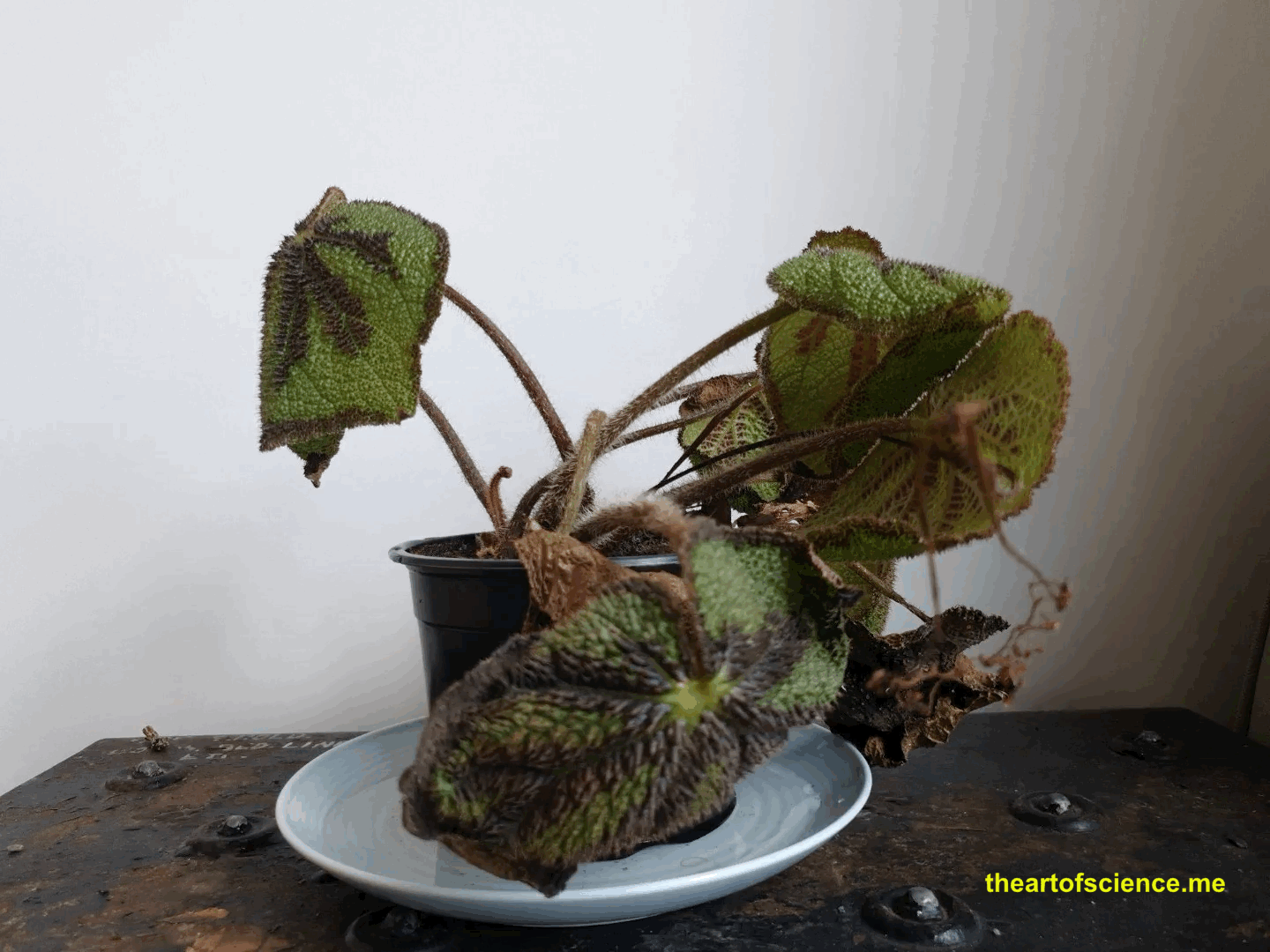
Begonia Masoniana revived.
This plant made a full recovery after sucking up a glass of water..
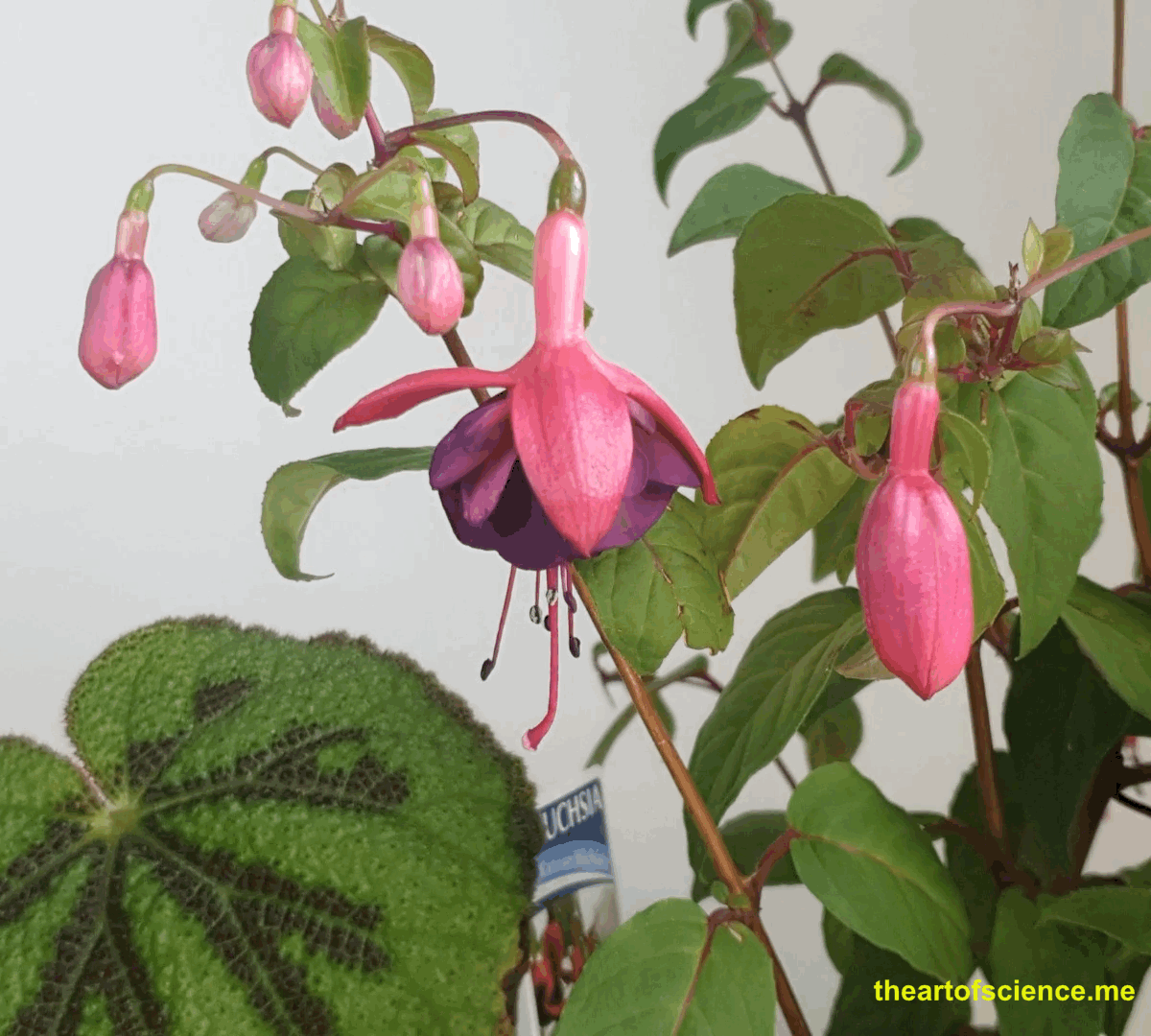
Fuchsia plants and the flowering frog.
I first became acquainted with fuchsia flowers more than 40 years ago during my “pre camera” days.
A dream chemist’s career in Research and Development with Glaxo Laboratories and Syntex Pharmaceuticals was history.
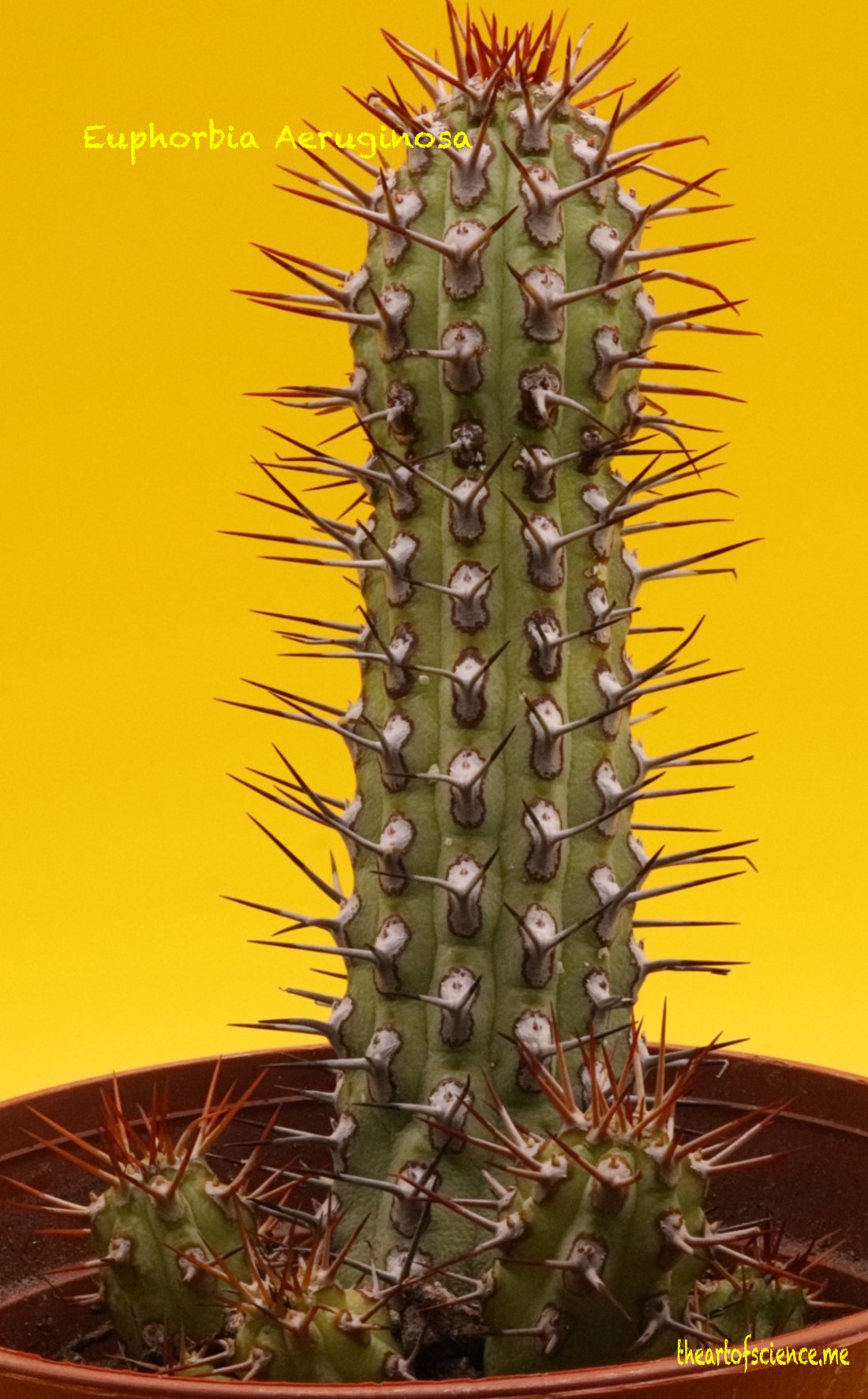
Turns out my latest cactus is a succulent.
It’s taking longer to become a Botanist than I anticipated. Despite the telltale spines, Euphorbia Aeruginosa is a succulent.
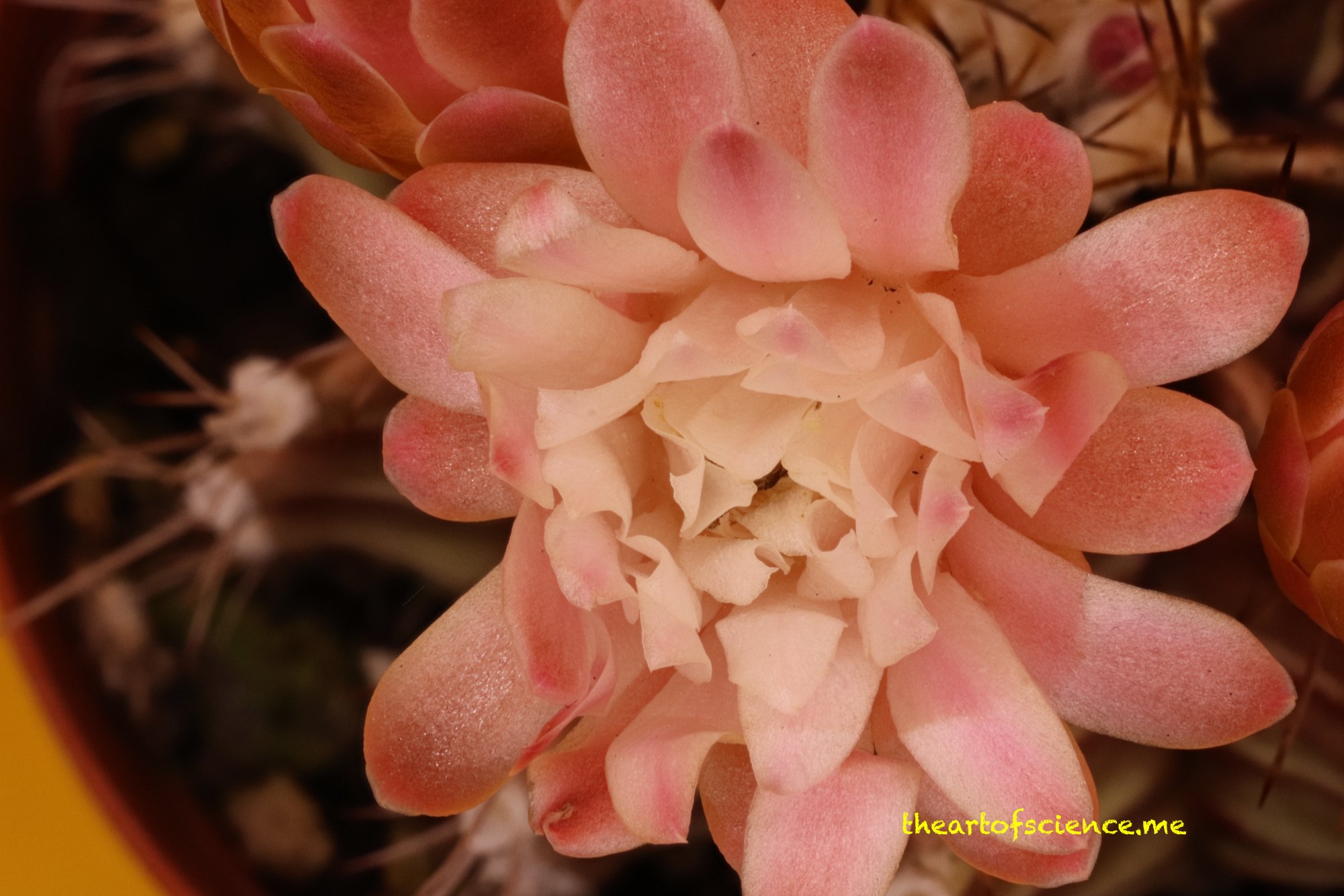
Gymnocalycium Mihanovichii, I think.
My plant recognition app identified this cactus. The flower opened incompletely in the late afternoon sun. It wasn’t the first small Gymnocalycium plant that has failed to open fully for me.
After a quick read through articles by “cactus people” the phrase “incomplete opening” cropped up a few times.

Cactulents in Red
Cactii and succulents have become a passion of mine recently. They are utterly captivating as they adapt to harsh environments with style. Today I just wanted to have fun taking a few pics.
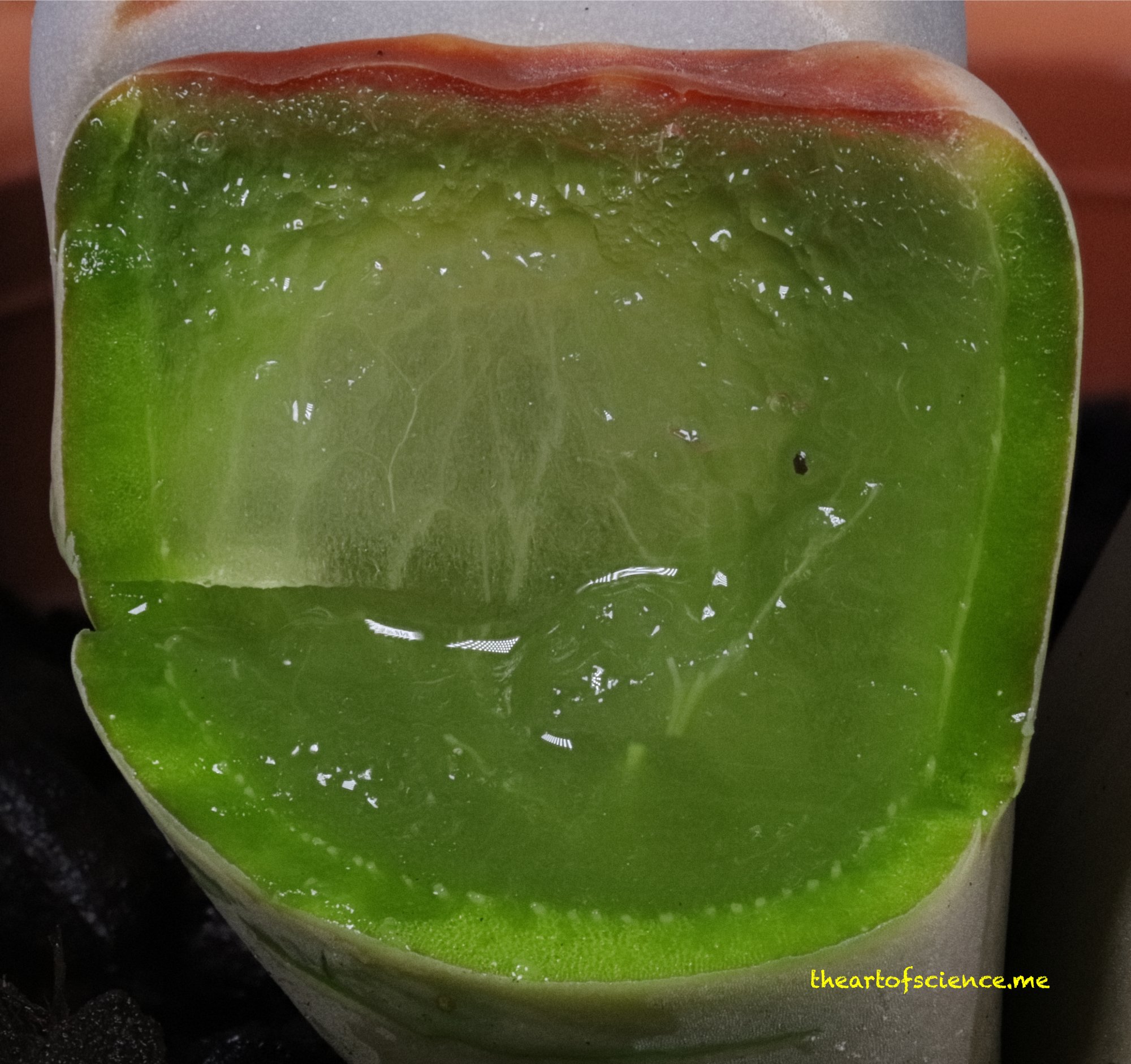
Lithops succulent, light studio box in a leaf.
I’m not a photographer but I take heaps of photos. I like pics that illustrate aspects of science.

Let the ferry sail and look around Hobsonville Point Instead.
Take time and wonder at mangroves, Pohutukawa and flax. My grandfather was impressed by flax plants unfortunately.
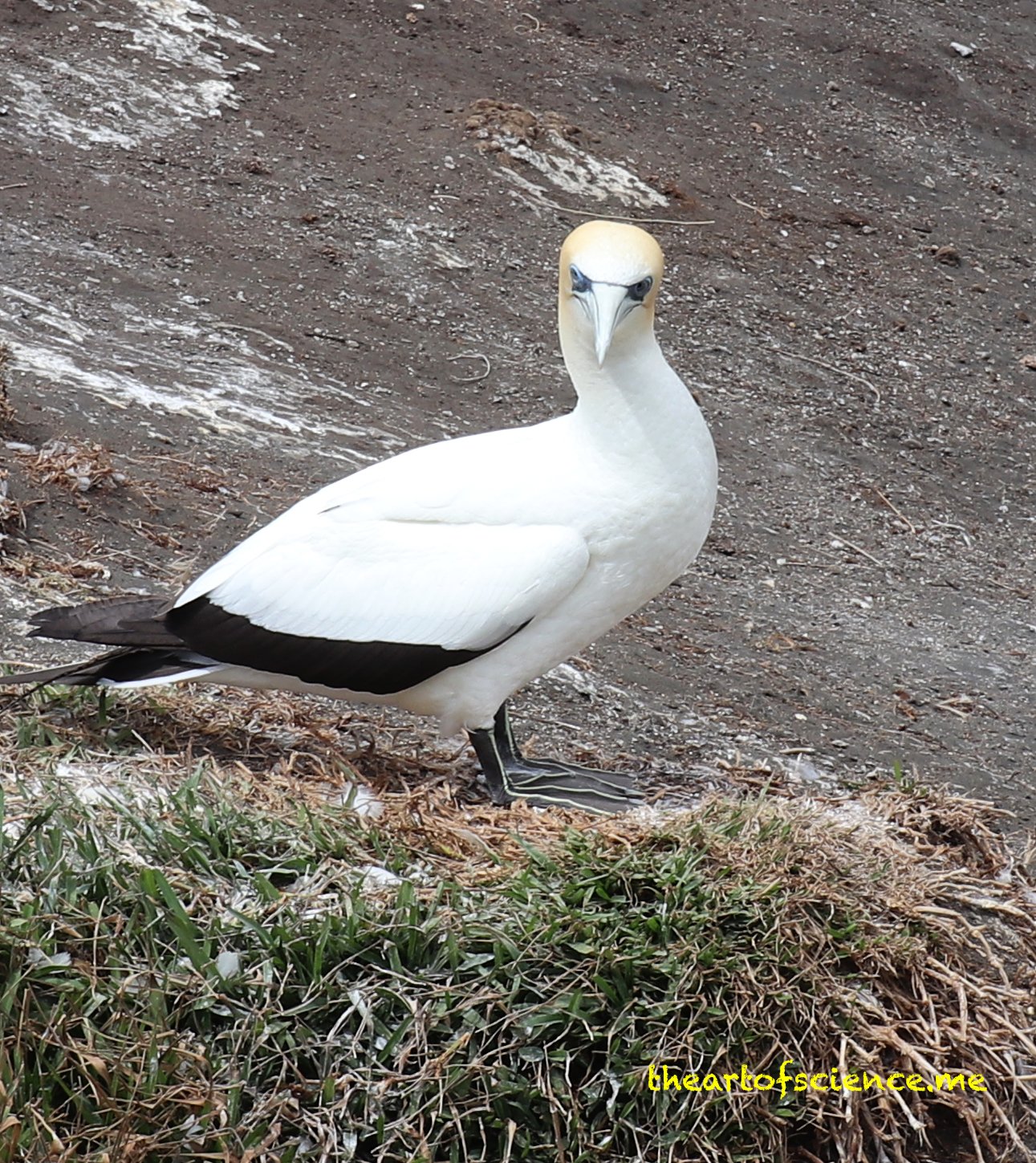
Gannets at Muriwai.
There were more people than gannets at Muriwai yesterday.

Pōhutukawa Season
I love the flowers on this tree. Nothing more to say on the first day of 2025. Happy New Year Everyone
